Beneath the hum of a healthy engine lies a critical component tirelessly working to keep your vehicle’s electrical system alive: the alternator. Often overlooked until it falters, this small but mighty part ensures that your battery stays charged and all electronic functions run smoothly. But when the alternator begins to fail, warning signs emerge—sometimes subtle, other times impossible to ignore. Recognizing these signals early can save you from unexpected breakdowns and costly repairs. In this article, we’ll explore the key signs of a failing car alternator, helping you stay one step ahead on the road.
Table of Contents
- Symptoms That Signal Your Alternator is on Its Last Legs
- Understanding the Electrical Strain Caused by a Failing Alternator
- How Dimming Lights and Electrical Failures Reveal Alternator Trouble
- The Role of Battery Performance in Diagnosing Alternator Issues
- Practical Steps to Test and Confirm Alternator Health
- When to Seek Professional Help and Prevent Costly Repairs
- Q&A
- In Summary
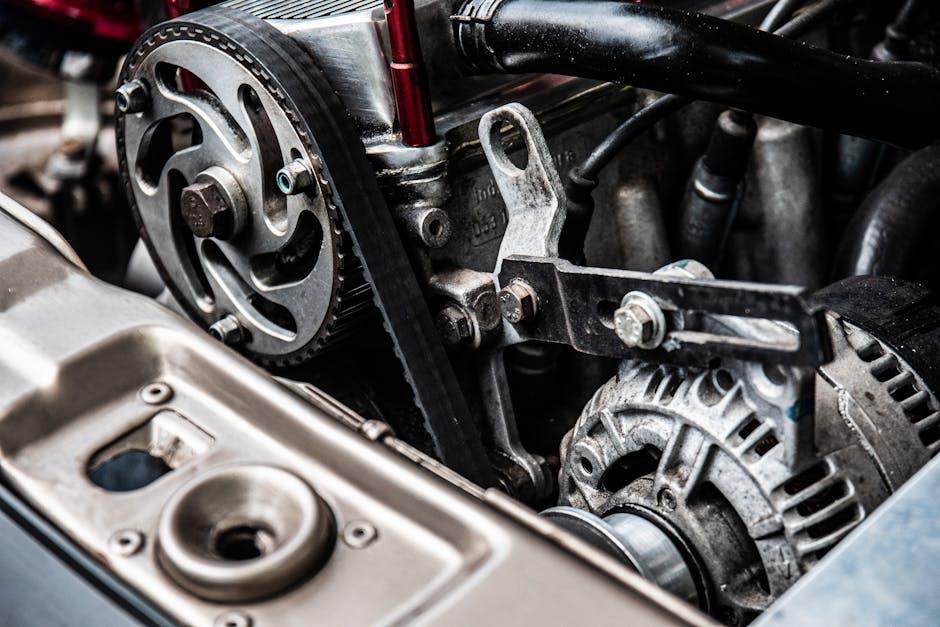
Symptoms That Signal Your Alternator is on Its Last Legs
When your vehicle’s electrical system starts acting up, it’s a clear indicator that your alternator might be struggling. Common signs include dim or flickering headlights, which occur because the alternator isn’t providing consistent power. You might also notice strange sounds, like a whining or grinding noise, emanating from the engine bay. Another subtle signal is the intermittent malfunctioning of your dashboard instruments or erratic behavior of electronic accessories such as power windows, radio, or air conditioning.
Watch out for a battery warning light flashing on your dashboard; it’s often the alternator’s distress signal. Additionally, if you experience difficulty starting your car or the engine dies shortly after starting, this could mean the alternator has stopped charging the battery effectively. Below is a quick reference table summarizing these symptoms and what they might indicate:
| Symptom | Possible Meaning |
|---|---|
| Dim/Flickering Headlights | Inconsistent power output |
| Dashboard Warning Lights | Charging system fault |
| Difficulty Starting | Battery not fully charged |
| Strange Engine Noises | Worn alternator bearings |
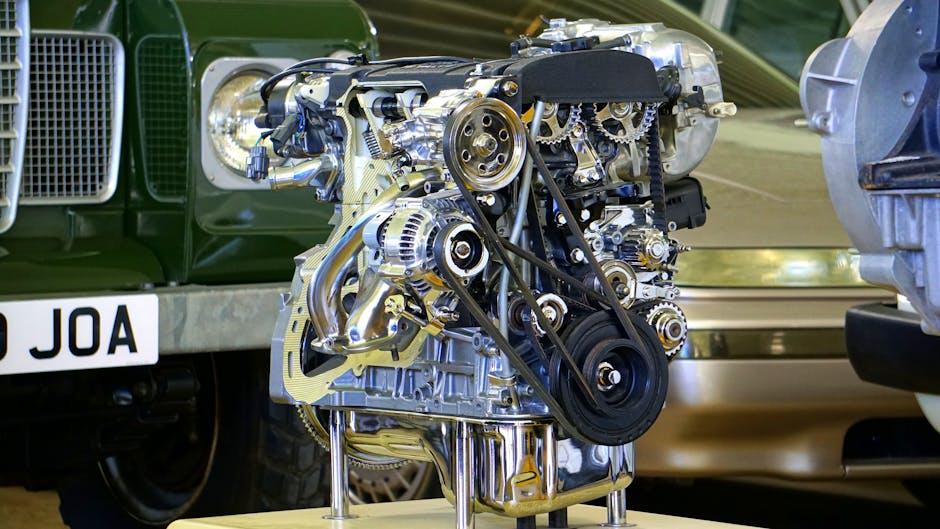
Understanding the Electrical Strain Caused by a Failing Alternator
When an alternator begins to deteriorate, it no longer generates a consistent and adequate flow of electrical current to support your vehicle’s various systems. This inconsistency places undue electrical strain on the car’s battery and wiring, often causing a cascade of minor malfunctions that can quickly snowball into more significant problems. From flickering dashboard lights to erratic electrical component behavior, this invisible stress manifests in ways that drivers might overlook until critical failure strikes.
The electrical system’s delicate balance relies heavily on the alternator’s capacity to continuously replenish the battery while powering the engine and accessories. When the alternator falters, parts such as the starter motor, fuel injection system, and ignition coils face fluctuating voltage levels. This fluctuation can result in:
- Dim or unstable headlights that brighten and dim unpredictably
- Intermittent dashboard warning lights flickering on and off
- Electronics malfunctioning such as the radio or power windows
| Component | Effect of Electrical Strain |
|---|---|
| Battery | Overworked, discharges faster |
| Ignition System | Misfires, hard starts |
| Lighting | Inconsistent brightness |
| Accessories | Unreliable operation, shutting off |
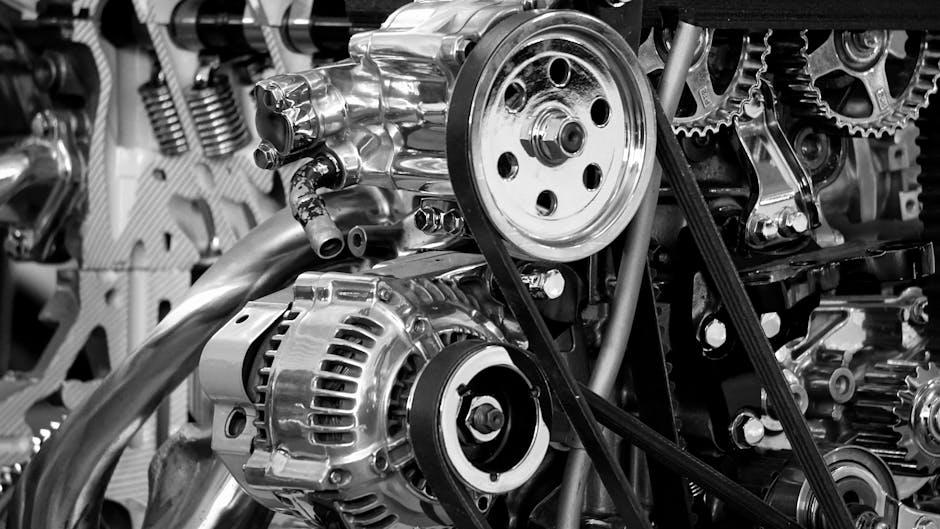
How Dimming Lights and Electrical Failures Reveal Alternator Trouble
One of the most telling signs that your alternator is on its last legs is the way your vehicle’s electrical components behave. When the alternator begins to fail, the energy supply to your car’s electrical system diminishes, and you may notice your dashboard lights, headlights, or interior lighting flickering or dimming. This uneven power flow can extend to other systems as well, including the radio, power windows, and even the air conditioning. These intermittent glitches aren’t just annoying—they signal that your battery isn’t being adequately charged, potentially leaving you stranded when your car can no longer sustain itself electrically.
Alongside dimming lights, electrical failures manifest in a variety of subtle yet telling ways. Failing alternators often present symptoms such as:
- Delayed engine cranking or a sluggish start when you turn the key.
- Warning lights on the dashboard, especially the battery or alternator icon lighting up.
- Unexpected electrical malfunctions like power locks or windshield wipers operating erratically.
Recognizing these signs early can save you from the hassle of a complete breakdown—and costly repairs. Keeping an eye on how your car’s electrical system performs is an easy yet effective way to monitor the health of your alternator.
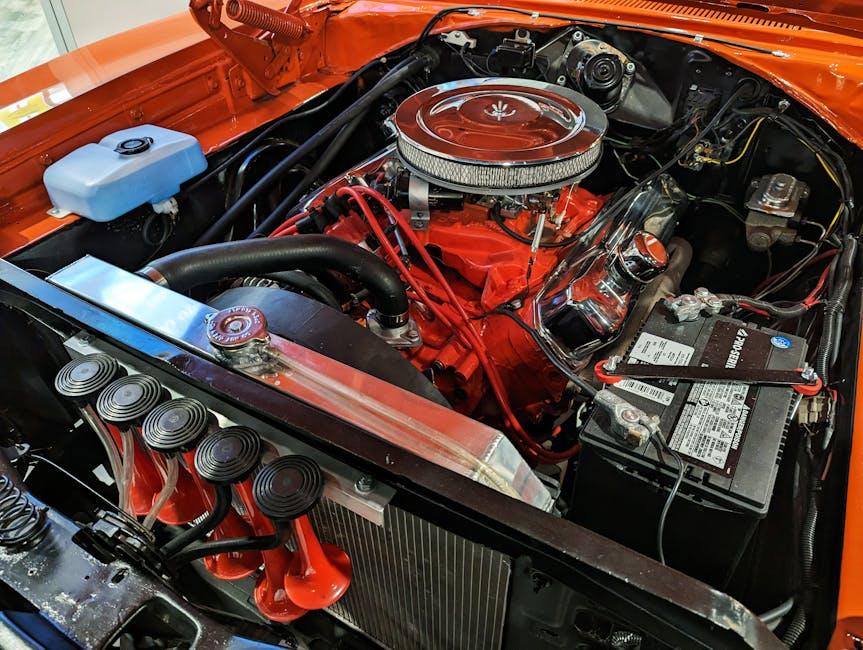
The Role of Battery Performance in Diagnosing Alternator Issues
Understanding the nuances of battery performance can provide crucial clues when diagnosing alternator problems. A car battery that frequently loses charge or displays erratic voltage levels might not be at fault itself; instead, it could be signaling that the alternator is struggling to maintain the necessary power output. Since the alternator’s primary job is to keep the battery charged while the engine runs, any malfunctions here can result in dim headlights, sluggish electrical components, or even a completely drained battery, leaving you stranded. Monitoring battery behavior, including its voltage reading both at rest and during operation, is an effective way to pinpoint alternator issues before they escalate.
Indicators linked to battery performance hinting at alternator failure include:
- Rapid battery drainage despite recent replacement
- Unusual dashboard warnings such as the battery icon
- Erratic electrical system behavior (flickering lights, slow power windows)
- Difficulty starting the car or stalling shortly after ignition
| Battery Voltage Status | Alternator Condition |
|---|---|
| Below 12.4V (engine off) | Battery likely weak; test further |
| Above 13.5V (engine running) | Alternator charging properly |
| Below 13V (engine running) | Possible alternator malfunction |
Keeping a close eye on these parameters helps drivers and mechanics distinguish between simple battery faults and deeper alternator malfunctions. Addressing these issues early not only prevents unexpected failures but also extends the lifespan of both components, ensuring reliable vehicle performance and peace of mind on every journey.

Practical Steps to Test and Confirm Alternator Health
Start by visually inspecting the alternator for any obvious signs of wear or damage. Look for loose wires, frayed cables, or corrosion around the battery terminals, as these can disrupt the charging process. Next, use a digital multimeter to measure the voltage at the battery. With the engine off, a healthy battery will typically read around 12.6 volts. Then, start the engine and check the voltage again; it should rise to between 13.8 and 14.4 volts, indicating that the alternator is charging correctly. If the voltage remains stagnant or drops under load, your alternator may be struggling.
For a more dynamic test, turn on electrical accessories such as headlights, radio, and air conditioning, then observe the multimeter reading. A healthy alternator will maintain voltage despite the increased load. To get a clearer picture, you can refer to the table below, which summarizes typical readings you might encounter:
| Test Condition | Expected Voltage | Alternator Status |
|---|---|---|
| Engine off | 12.4 – 12.7 V | Battery Healthy |
| Engine running, idle | 13.8 – 14.4 V | Charging Properly |
| Engine running, under load | 13.5 – 14.2 V | Alternator Functional |
| Engine running, voltage below 13.5 V | < 13.5 V | Alternator Failing |
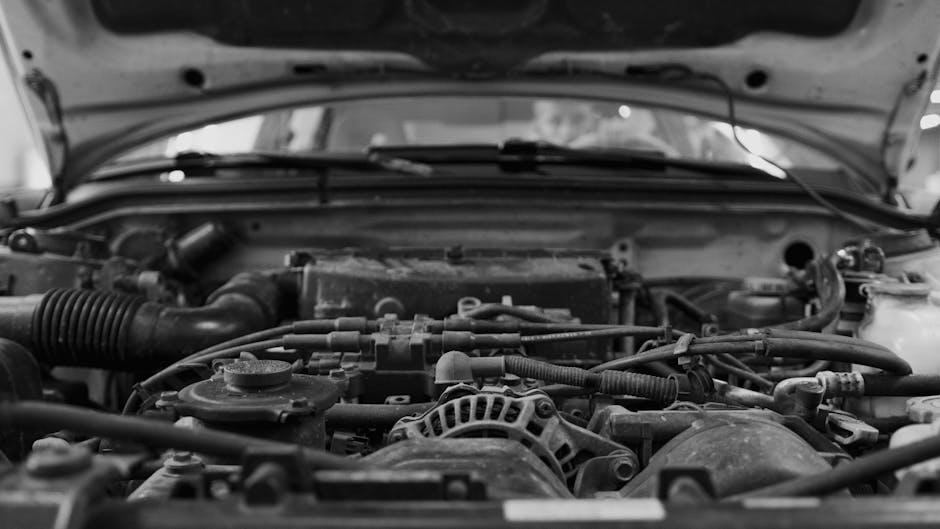
When to Seek Professional Help and Prevent Costly Repairs
Ignoring early signs of a malfunctioning alternator can quickly escalate into expensive repairs or even leave you stranded unexpectedly. If you notice persistent dimming headlights, a battery warning light flickering on your dashboard, or frequent dead batteries despite regular charging, it’s time to prioritize professional diagnostics. These symptoms indicate the alternator is struggling to keep your vehicle’s electrical system running, and delaying repairs may lead to damage beyond just the charging system.
Consider seeking expert help immediately if your engine stalls without warning or you hear unusual grinding or whining noises coming from under the hood. Certified mechanics have the tools and expertise to thoroughly test your alternator and associated components. Acting swiftly can save you from costly replacements later — and help maintain your car’s reliability and safety. Use the checklist below to identify moments when professional intervention is non-negotiable:
- Battery warning lights remaining on after starting the car
- Unusual noises near the alternator belt
- Electrical systems behaving erratically (radio, dashboard gauges, power windows)
- Repeated jump-starts or battery replacements
- Engine stalls or hesitates repeatedly during driving
| Condition | Professional Check Recommended |
|---|---|
| Battery warning light flickers | Immediately |
| Headlights dimming at idle | Within a few days |
| Engine stalls mid-drive | Urgently |
| Repeated jump-starts necessary | Promptly |
Q&A
Q: What is the role of an alternator in a car?
A: The alternator is like the heart of your vehicle’s electrical system. It converts mechanical energy from the engine into electrical energy, powering the car’s lights, radio, and other electronics, while also charging the battery.
Q: How can I tell if my alternator is starting to fail?
A: Failing alternators often give subtle signs before a complete breakdown. Watch for dimming or flickering headlights, a battery warning light on the dashboard, or strange noises like whining or grinding from under the hood.
Q: Can a weak alternator affect my car’s battery?
A: Absolutely. A failing alternator can’t properly charge the battery, leaving it drained. This often results in sluggish engine starts or the car stalling unexpectedly due to insufficient electrical power.
Q: Are there any unusual smells or sounds associated with a bad alternator?
A: Yes. A burning rubber smell could indicate a slipping alternator belt, while unusual whining or grinding noises can suggest worn bearings or internal component failure in the alternator.
Q: What should I do if I suspect my alternator is failing?
A: It’s best to have your vehicle inspected by a professional mechanic. They can perform tests to confirm the alternator’s health and recommend repair or replacement before it leaves you stranded.
Q: Is it safe to keep driving with a malfunctioning alternator?
A: Driving with a failing alternator is risky. It can lead to sudden loss of power and breakdowns. To avoid being caught off guard, address the issue promptly when symptoms appear.
Q: How often should I have my alternator checked?
A: While alternators are generally reliable, it’s wise to have it inspected during regular vehicle maintenance or if you notice any electrical anomalies. Proactive checks can save time and money in the long run.
Q: Can I replace or repair the alternator myself?
A: If you have automotive experience and the right tools, alternator replacement is doable. However, because it involves electrical and mechanical components, many prefer to trust a certified mechanic to ensure it’s done safely and correctly.
In Summary
In the intricate symphony of your vehicle’s operation, the alternator plays a vital backstage role—quiet, steady, and essential. Recognizing the subtle signs of its impending failure can save you from unexpected breakdowns and costly repairs. By staying attuned to the flickering lights, strange noises, and odd electrical quirks described, you empower yourself to act before your car’s heartbeat truly falters. After all, keeping your alternator in check means ensuring every journey remains smooth, safe, and worry-free.

